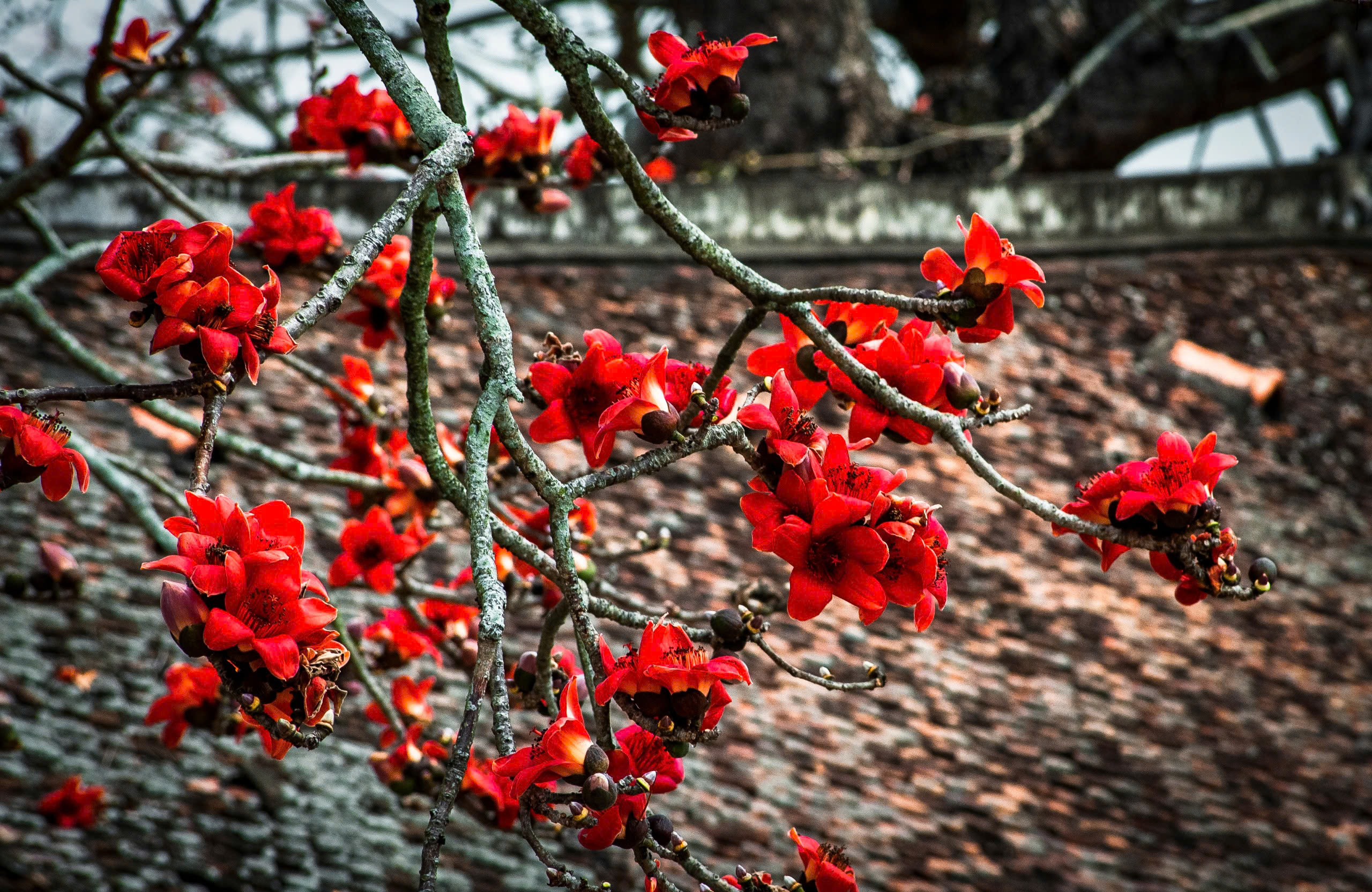Real works to preserve relic sitting between Hue, Da Nang
The cultural authorities of Thua Thien- Hue Province and Da Nang are establishing landmarks around the Hai Van Gate, a relic lying on the border between the 2 localities.
| The relic brick gate and encroaching buildings around it. — VNS Photo Nguyen Van Sum |
This is the 1st part of a joint action plan that Hue’s and Da Nang’s departments of culture and sports have committed to in order to protect the historic brick Hai Van Gate from deterioration and human encroachment.
Representatives of the departments of culture and sports have recently met on the peak of the Hai Van Pass where the gate sits. They discussed and agreed on urgent works that could protect the gate from ruin, signs of which began to appear some 30 years ago.
Following the erection of landmarks to help visitors recognise the heritage site, the departments will destroy works that have no cultural links to the gate to ensure the authenticity of the building, including the concrete blockhouses, newly-built watch towers and home foundations built by vendors.
They will also erect signboards in both Vietnamese and English languages to introduce the history of the gate and guide visitors.
Clean toilets will be built. The departments also have plan to work with the departments of natural resources and the environment, and local authorities of Phu Loc District in Thua Thien- Hue Province and Lien Chieu District in Da Nang for land and vendor management.
Particularly, the natural resources departments must identify the area designated for forestry and farming to prevent plantation activities from encroaching heritage land. Meanwhile, local district authorities will categorise local households according to their trading needs so that culture departments can arrange them in an orderly trading zone near the relic gate.
According to the city’s culture department’s director Huynh Van Hung, the departments had awaited a joint action plan long before Hai Van Gate was recognised as a national heritage site in April. The 2 localities want to work on conserving the building, but it was difficult because it sat on the border between them, he said.
However, the heritage recognition has helped foster joint preservation work between the two localitties, Hung added.
Hai Van is a mountain cliff clinging from the Truong Sơn Range and pointing to the sea. On its peak, a Nguyen Dynasty (1802-1945)’s king built the giant brick gate in 1826 to mark the border of the former Hue imperial capital’s land and name it Hai Van Gate.
Today it is a popular attraction thanks to its picturesque scene, with views 490m above sea level and a fresh cool breeze.
(Source: VNS/ DA NANG Today)




